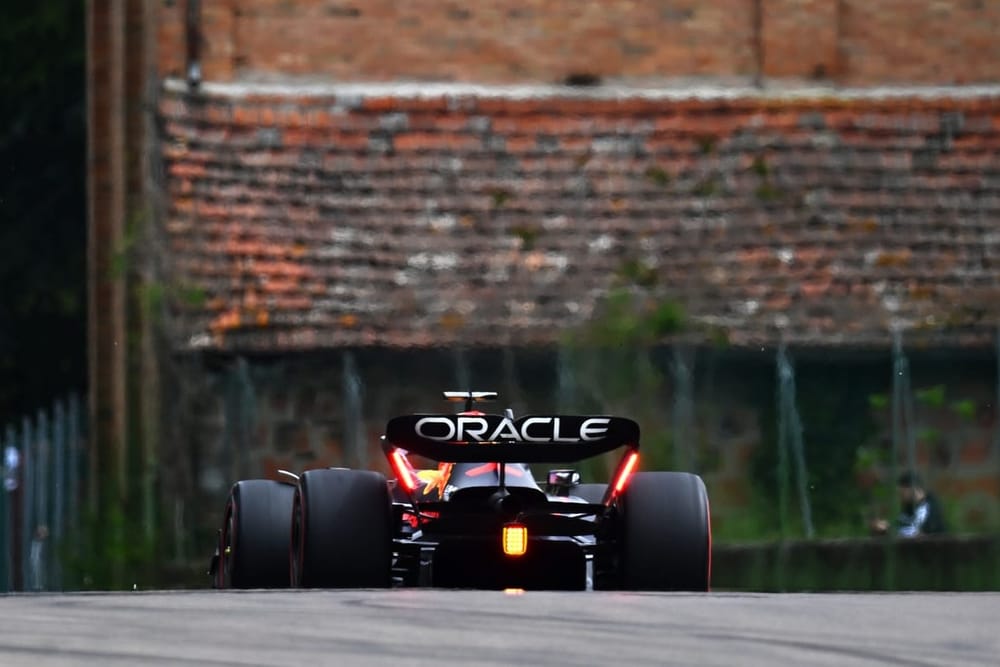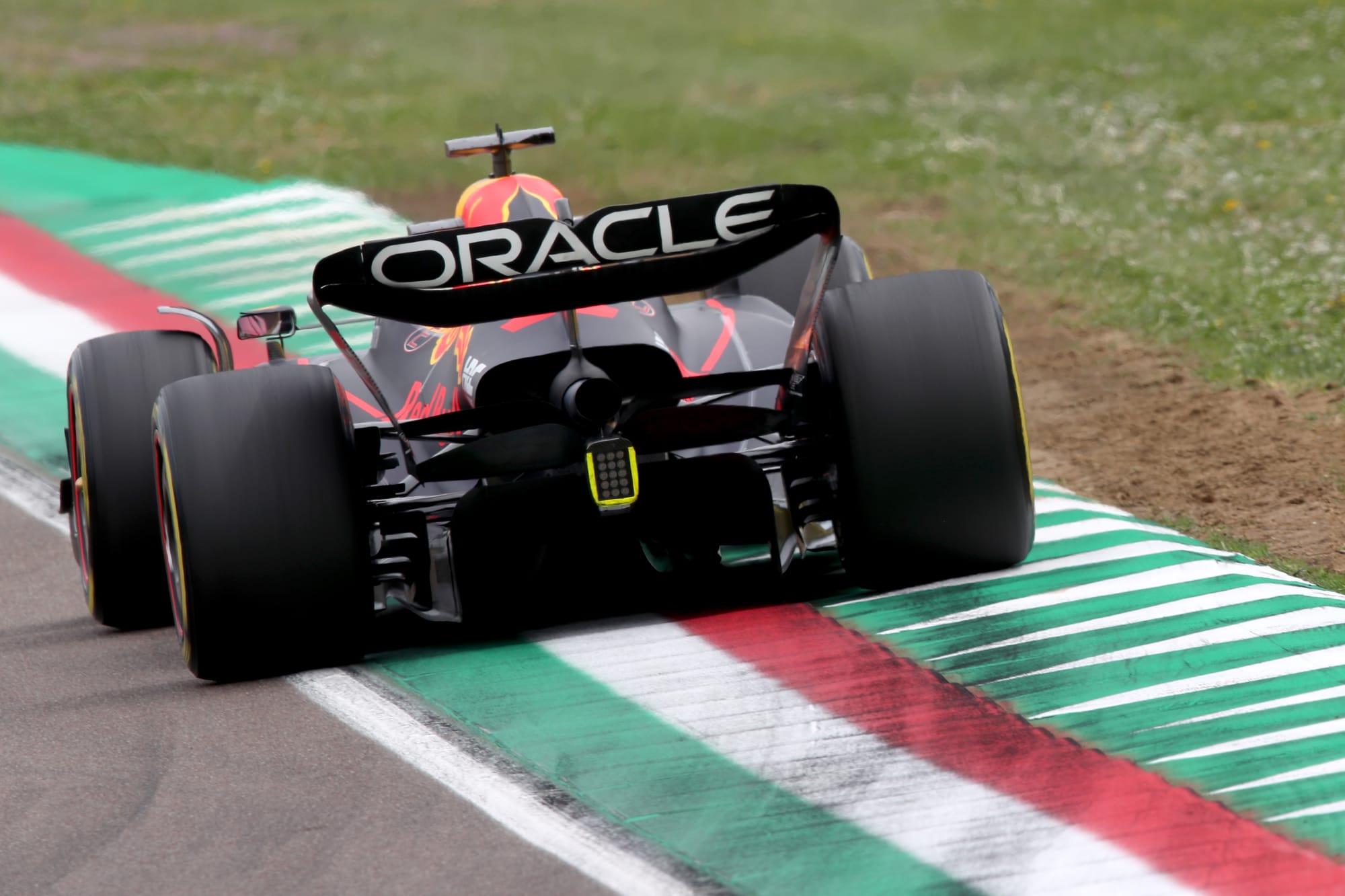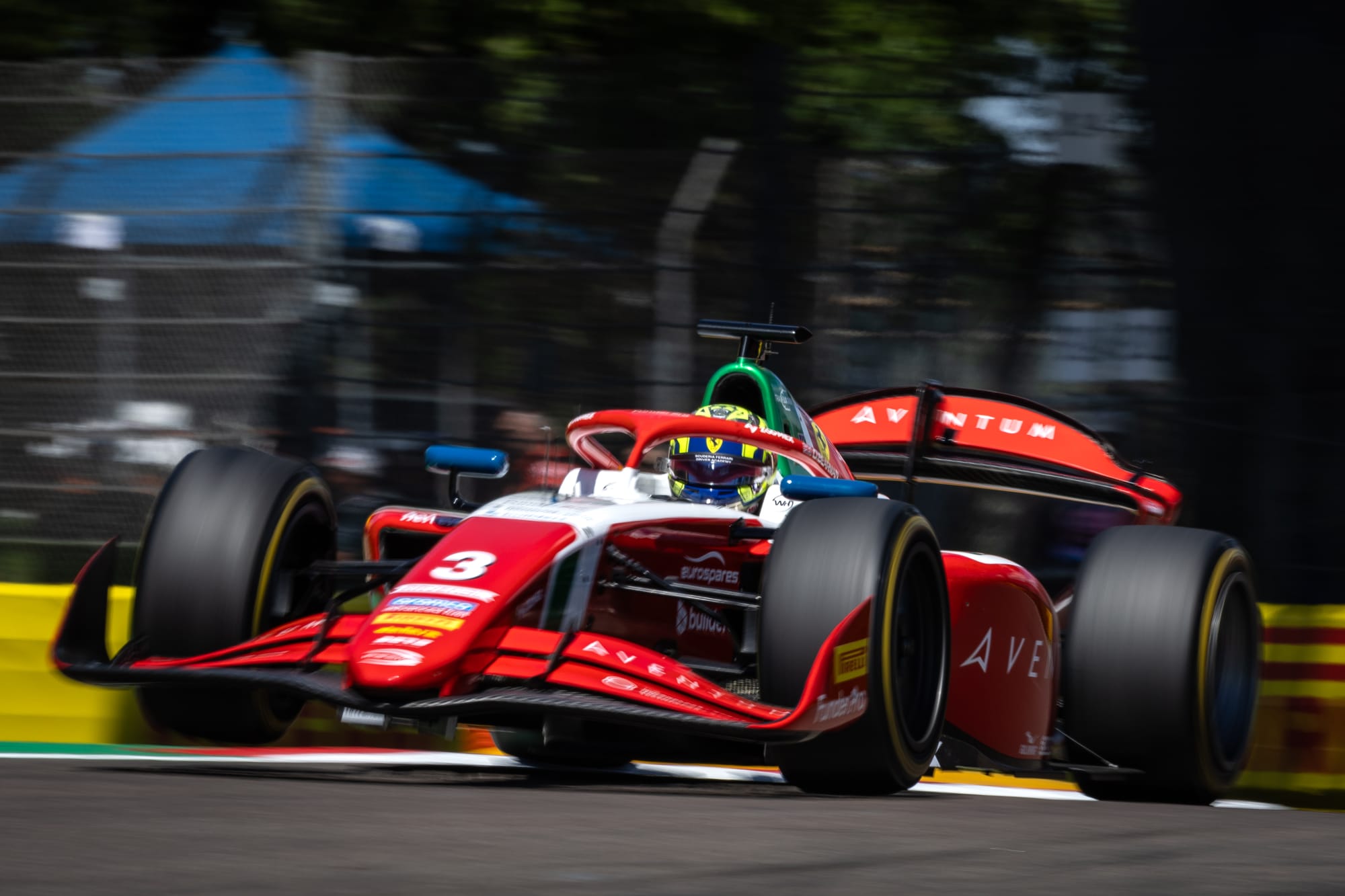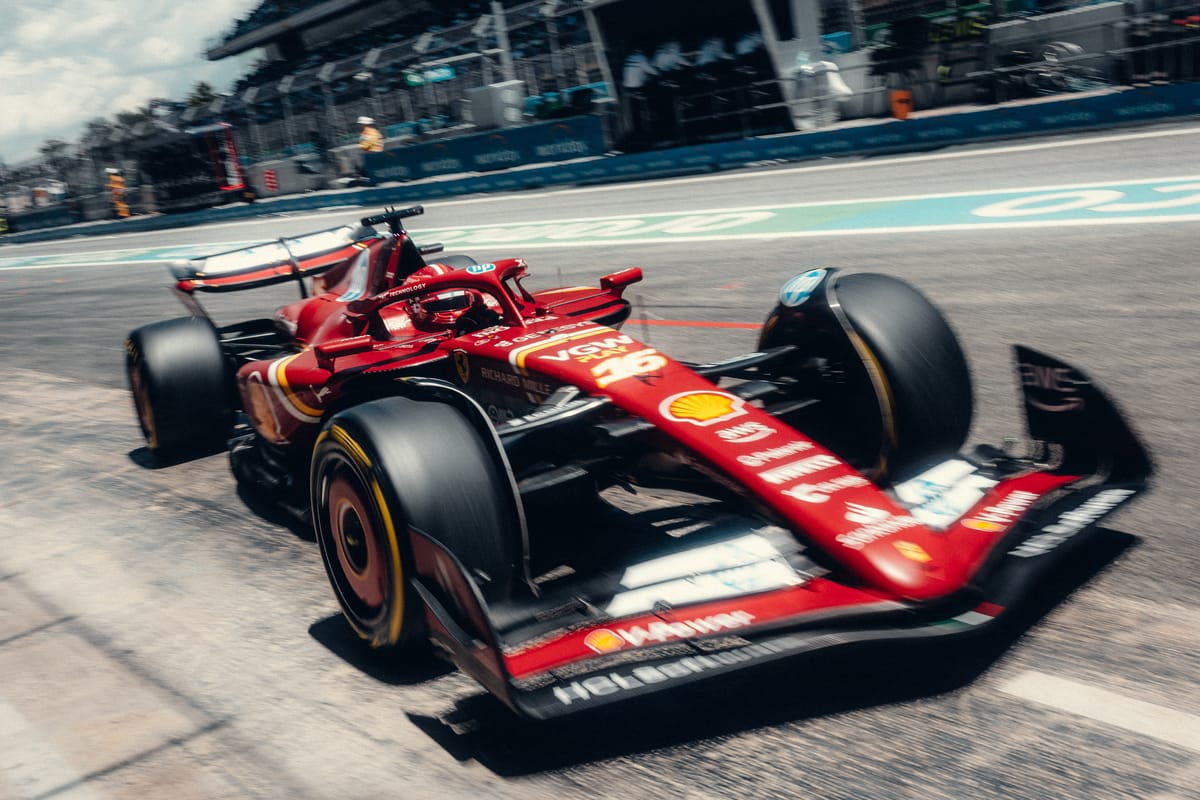Up Next

Ferrari boss Fred Vasseur has suggested Formula 1's rules for testing older cars may need to be different for race and non-race drivers following Max Verstappen’s recent test of a 2022 Red Bull.
Verstappen drove the Red Bull RB18 at Imola ahead of the Spanish Grand Prix in a test organised by the team as part of its work to improve the current car’s kerb- and bump-riding troubles - a characteristic that has been present in all of Red Bull’s cars in this rules era, starting with the 2022 car.
This was not a secret test as the FIA and all rival teams had to be notified, because it falls under the regulations for ‘Testing of Previous Cars’ (often referred to in F1 by its abbreviation TPC). These rules allow for cars more than two years old and spanning a three-year cycle to be tested in-season: at present, cars from 2020, 2021 and 2022 are permitted.
The 2022 car has been allowed as of this year, and that was significant as it meant a current-era ground effect car could be driven in-season. This is particularly useful for the primary purpose of a team’s TPC programme - giving young drivers more experience - because it exposes them to more relevant machinery.
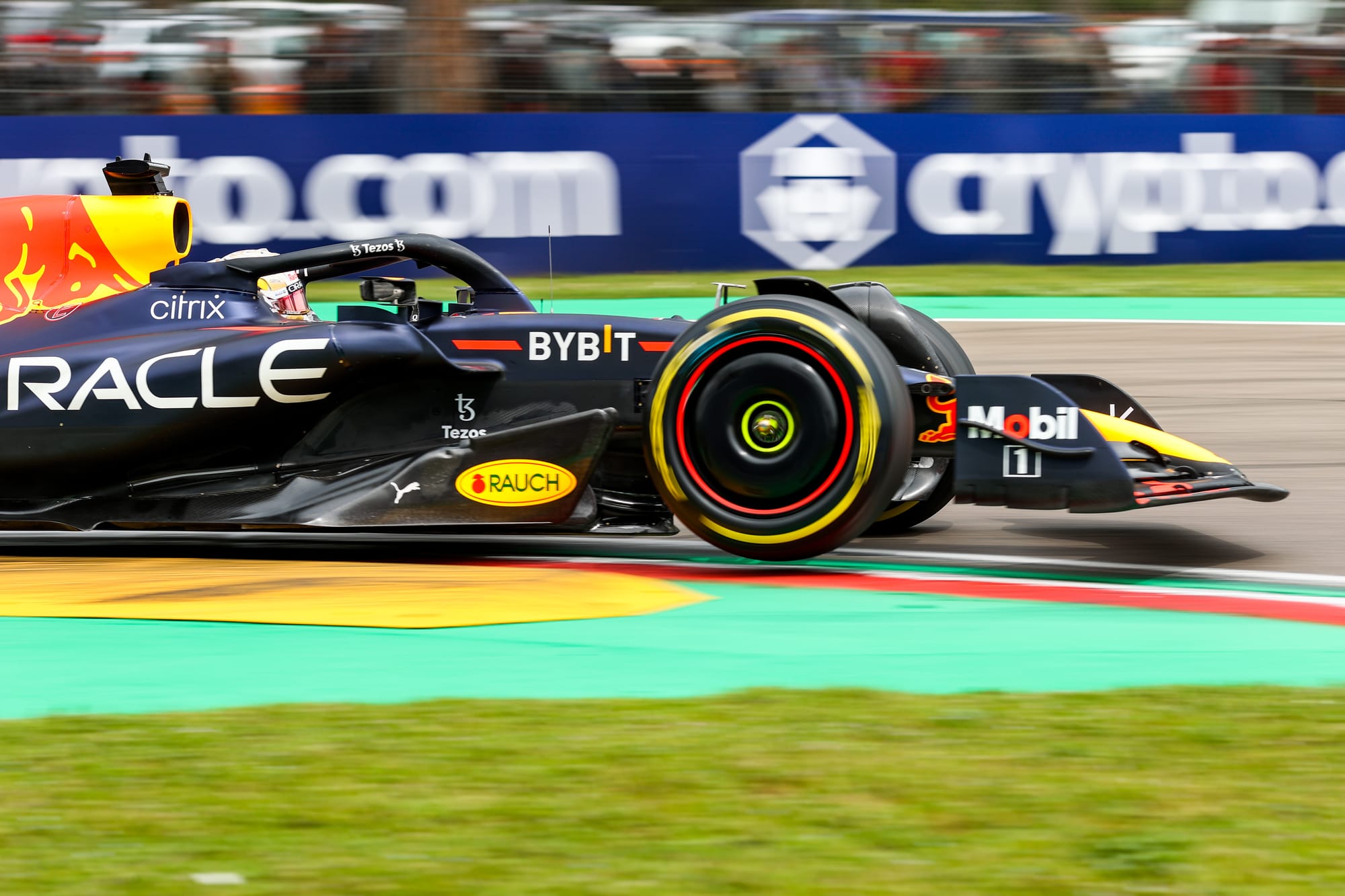
But in the wake of Verstappen’s test, and how it was linked to a current car issue, Vasseur indicated that running that is “clearly development” focused reflects a “different approach” to using the cars for young drivers.
While Vasseur did not go as far as calling for a rule change, and even admitted he was “not complaining” about the Red Bull test itself as it was within the rules, he did raise the prospect of the regulations being policed in a different way that effectively splits that kind of testing in two.
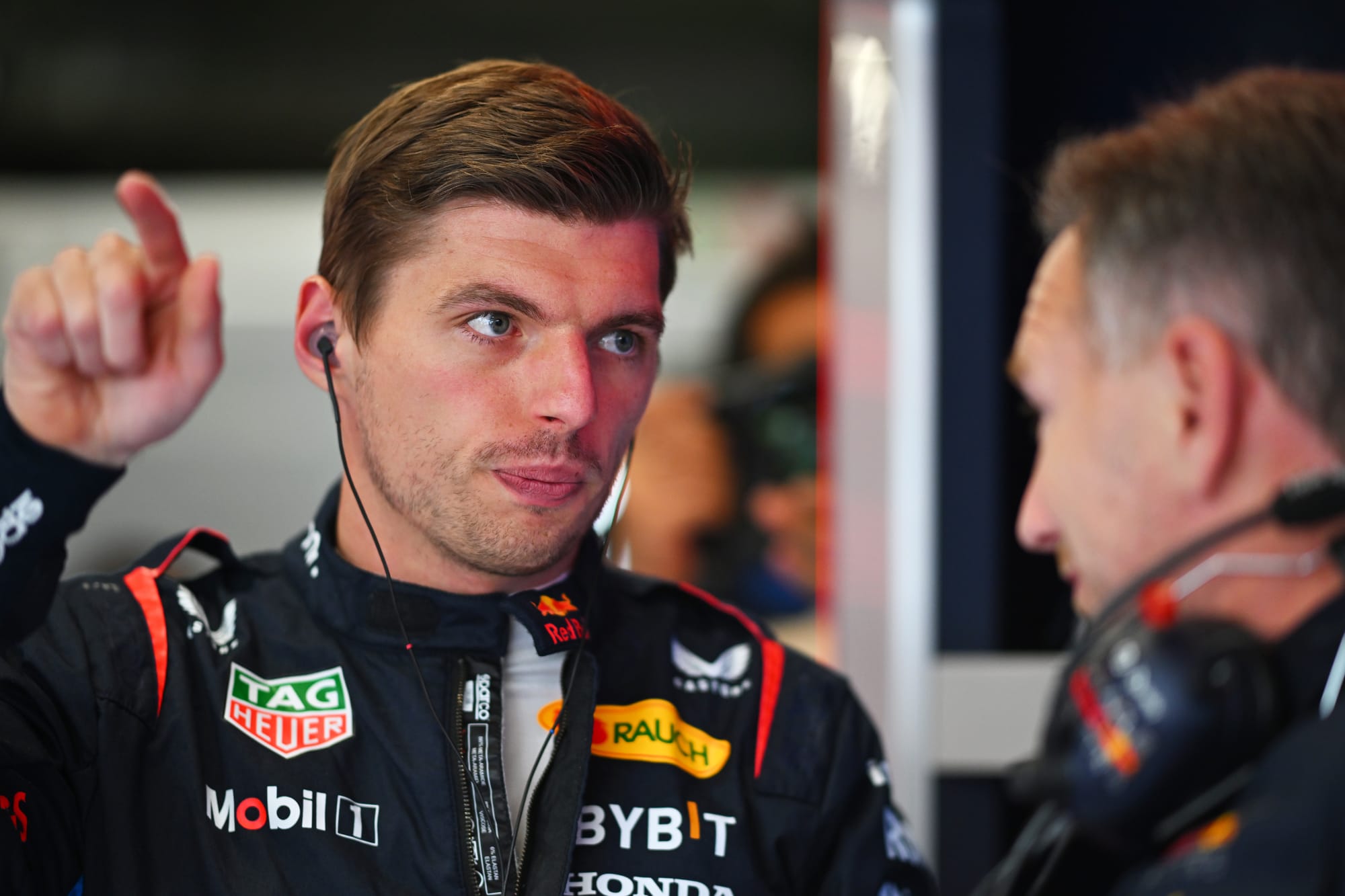
“Over the season we will do probably a bit less than 10,” Vasseur said. “You can differentiate on this, the TPC you could do with your racing drivers and this for me....it's more development than something else when you do it one week before [a race].
“I'm not complaining about them, and they're in the regulations, completely OK.
“[But] it's more development than something else, it's not to give mileage to Max between Barcelona and Austria that the Tuesday you do nothing so you go to Imola.
“It's clearly development, and what you could do with a young driver is another approach. It's giving them the opportunity to sometimes do mileage for the simulator and so to develop them, it's another approach.
“If we have to police it, we will have to split the two aspects, the day we're doing with our [race] drivers and the day we're doing with the non-racing drivers.”
Vasseur reckoned Ferrari will only do “two or four” with its race drivers over the season, indicating the bulk of its TPC running will be completed by the likes of reserve driver and likely Haas 2025 F1 driver Ollie Bearman.
Similar uses of the provision apply to Mercedes, which has been running 2025 race seat contender Kimi Antonelli in 2021 and 2022 cars. Alpine's own protege Jack Doohan has a private testing programme and he is even being evaluated alongside Mick Schumacher in 2022 cars this week (Doohan pictured below).
And it is certainly unusual to see a current driver completing mid-season TPC work, let alone the world champion and current championship leader. The questions are whether that is problematic, if it is something worth clamping down on in the future, and how that can be done sensibly.
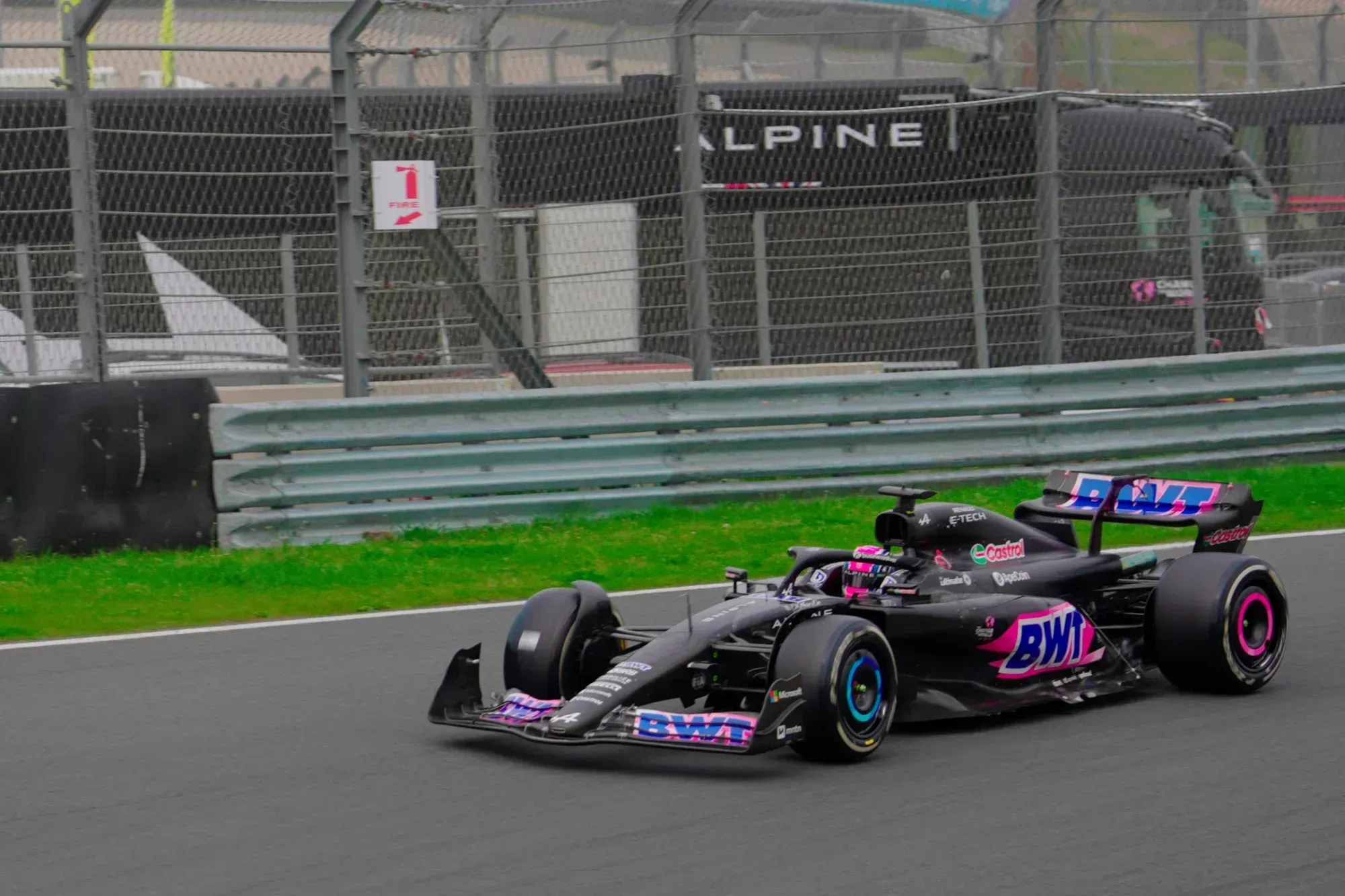
These tests already have significant restrictions, such as only running to accurate period specification (to avoid trialling upgrades) and on Pirelli's Academy-spec tyres, known colloquially as demo tyres. So they are only of limited use. But Vasseur’s implication was a test like Verstappen’s is not really the purpose the TPC rules are meant to serve.
As The Race reported over the Spanish Grand Prix weekend, it was designed to give Verstappen a direct comparison of the current car relative to where it was two years ago, to refresh his memory of not just of how the car behaved but likely also how it responded to different set-ups and at particular ride heights.
Such experimentation could allow Red Bull to learn something itself, too. The value of such running depends on the nature of the problem - or development - a team is pursuing.
There is at least some merit in the concern Vasseur raises, but the problem is that the best way to make such tests utterly worthless would be to deprive them of all meaningful data and clamp down on all the relevant variables: further restrict personnel, limit available data, or forbid set-up changes.
That could be difficult to police, for starters, but crucially it would significantly reduce the usefulness of these tests for the young drivers that Vasseur is keen to support.
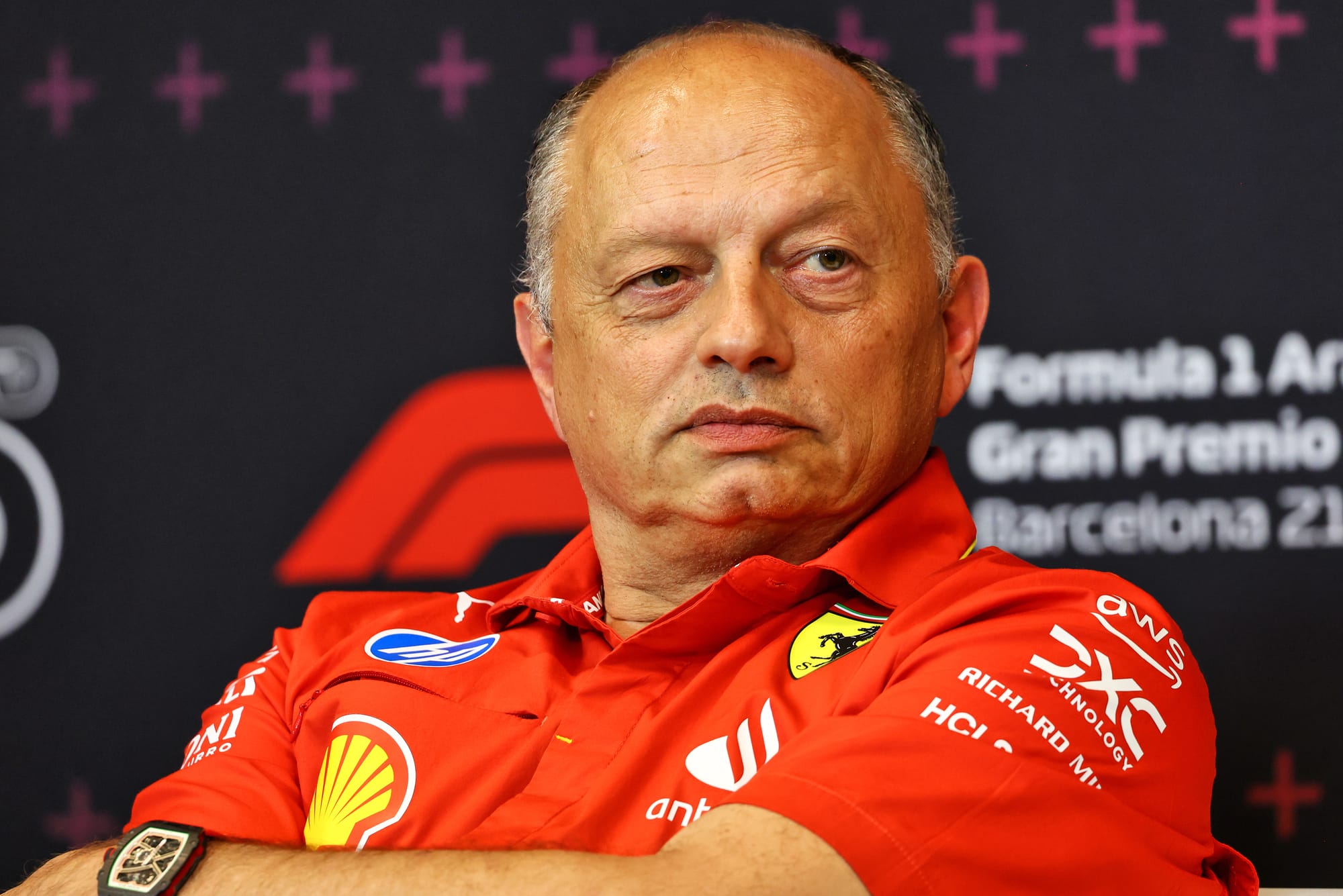
His suggestion that the way to go would be to distinguish between race driver and non-race driver TPC work could be a workable compromise. Mechanical set-up and driver control changes are permitted, so as a starting point perhaps this could be allowed for non-race drivers but prohibited for race drivers.
It's either that or limit the time a race driver can conduct such running - for example, only in the off-season.
A ‘non-race driver’ would be anyone who did not start the season as a regular race driver, which means if a reserve steps in or a sabbatical driver comes back they could still benefit from blowing off the cobwebs (eg Daniel Ricciardo coming in mid-season last year, or Bearman still being allowed to do TPC work after a one-off for Ferrari in Saudi Arabia this year).
Pegging back race driver opportunities would prevent the kind of in-season, active testing role that Verstappen has adopted in this specific case study. Although Red Bull could have done the same thing with one of its proteges or reserve drivers, many of whom will also have experience with the 2022 car, even if not to Verstappen’s level.
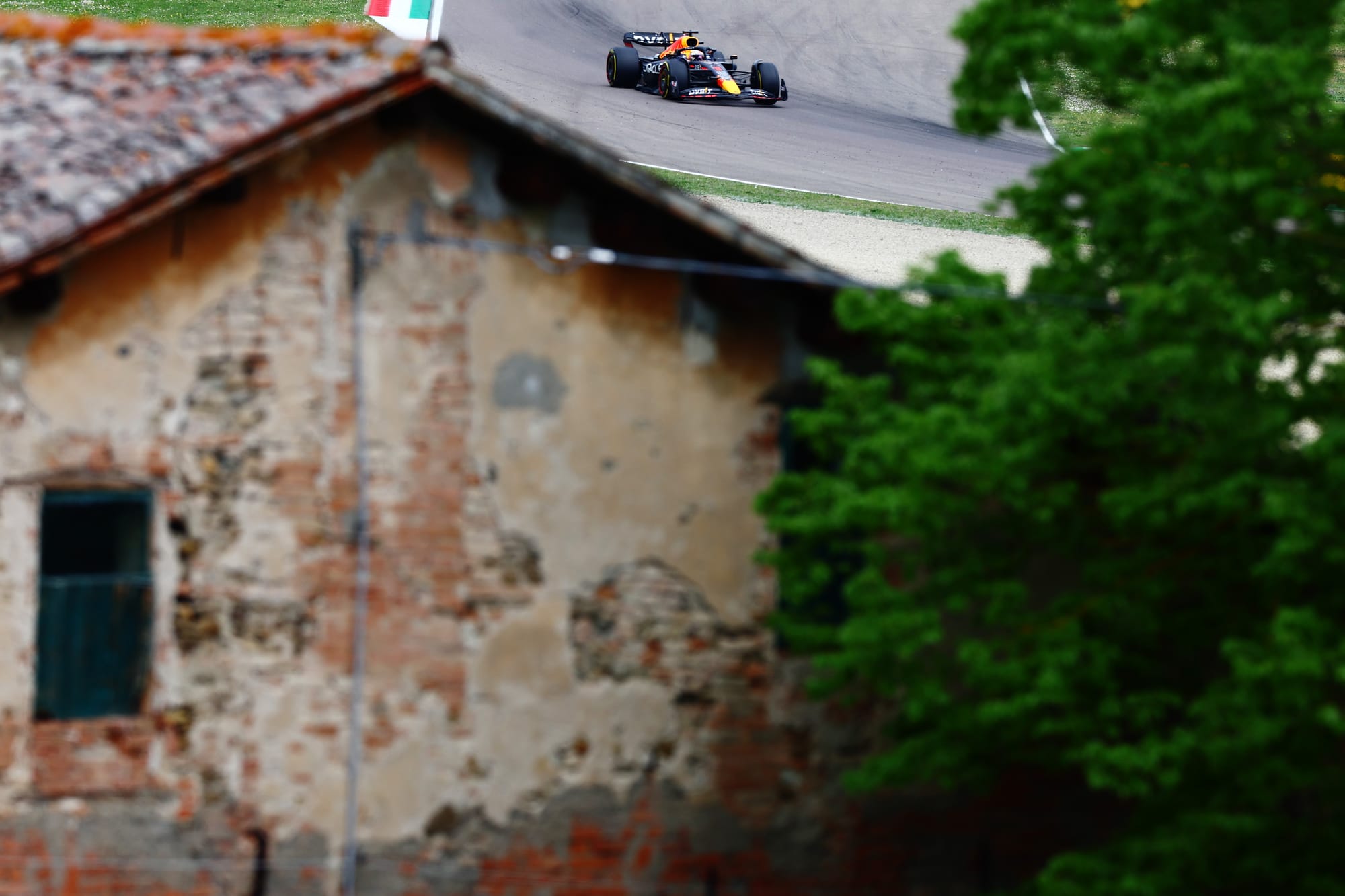
It will be interesting to see if Vasseur and Ferrari remain a lone voice on this matter, or if it gets taken further. Vasseur was speaking right at the end of the Barcelona weekend, and this Verstappen test is - at the moment - very much an isolated incident. So, whether it is a shared concern is unknown.
Even if it is a real issue, though, F1 and the FIA would need to tread lightly about how to respond.
Real-world testing has been restricted so much that the TPC programme needs to be enshrined in the rules for the sake of young drivers who will otherwise lack valuable opportunities - even if other, more experienced drivers, do occasionally benefit from it too.


